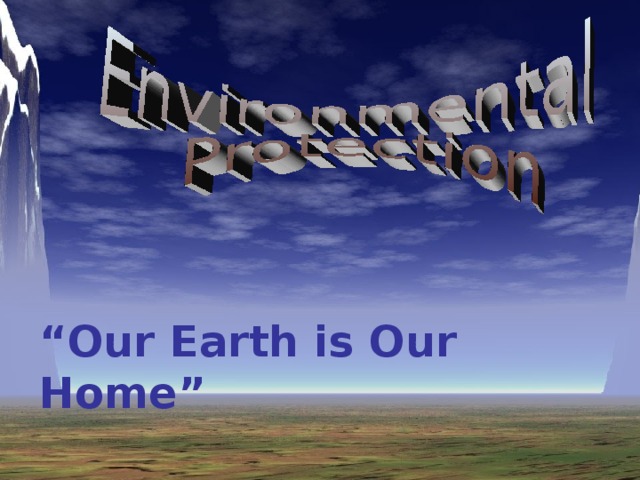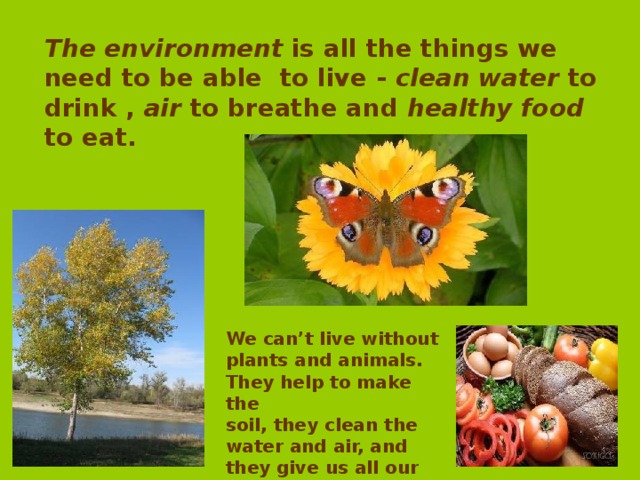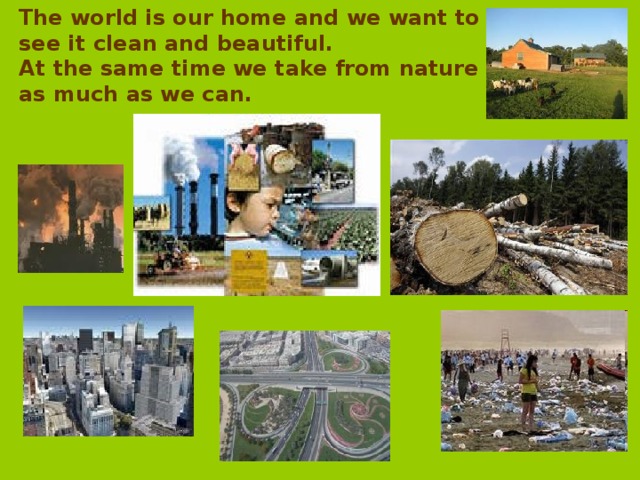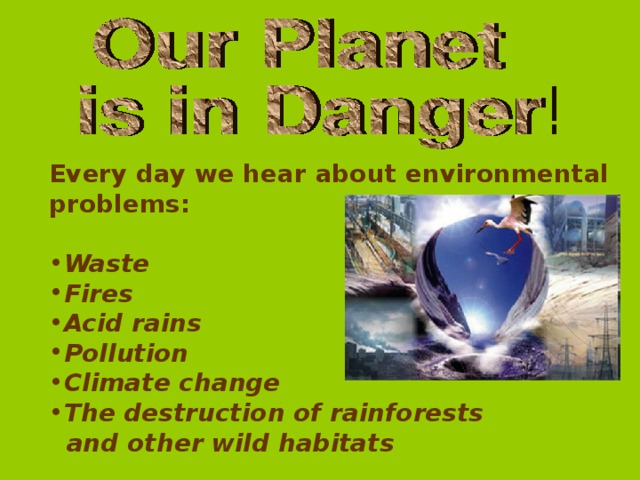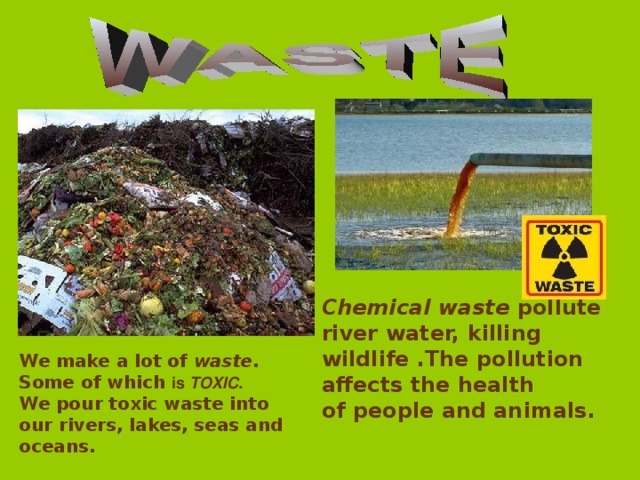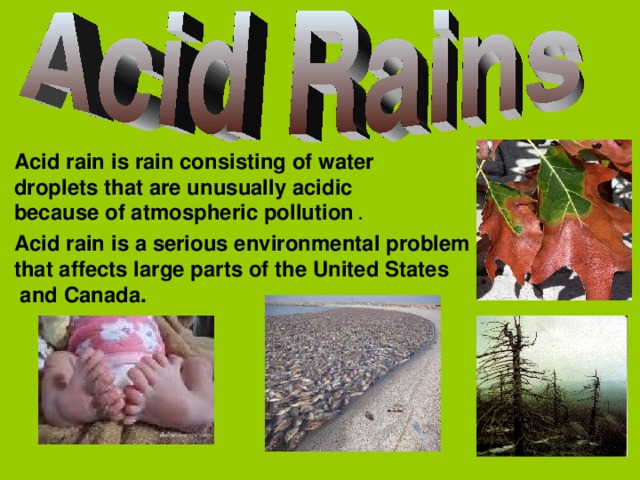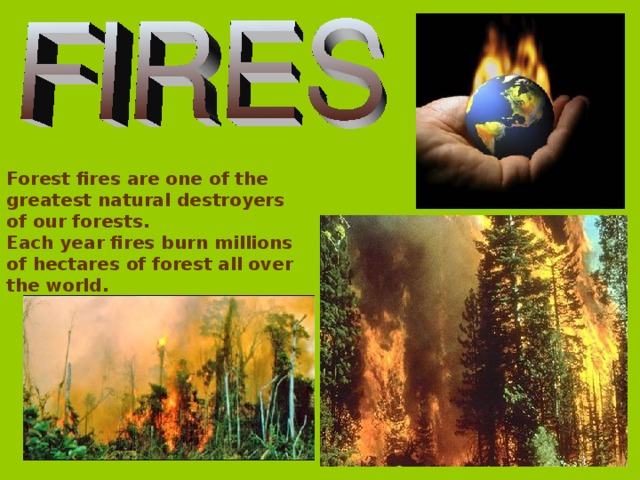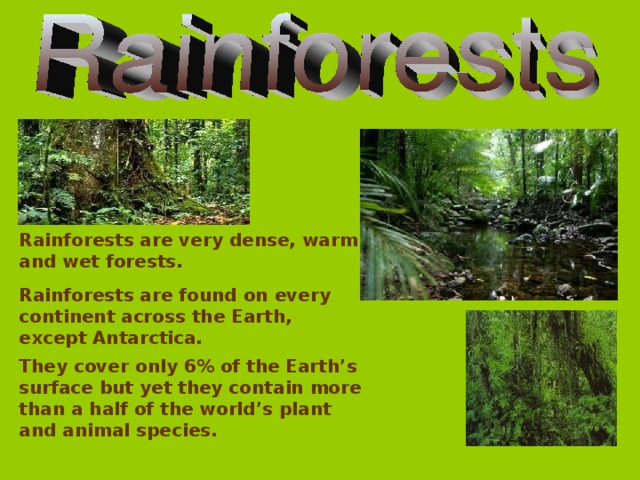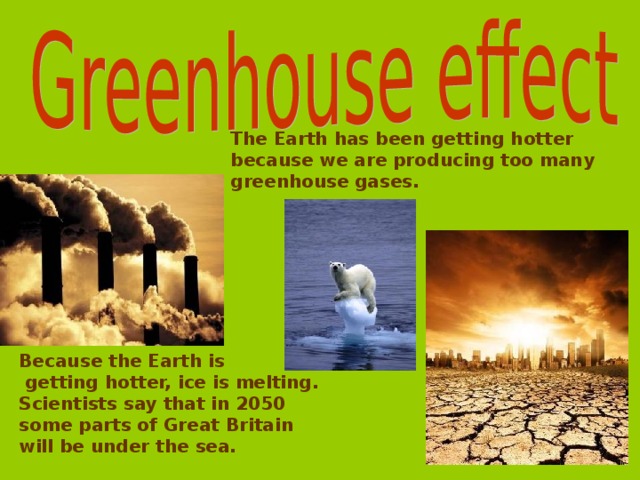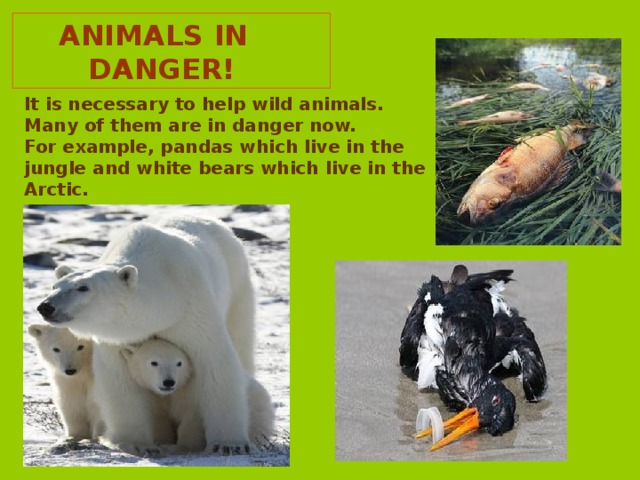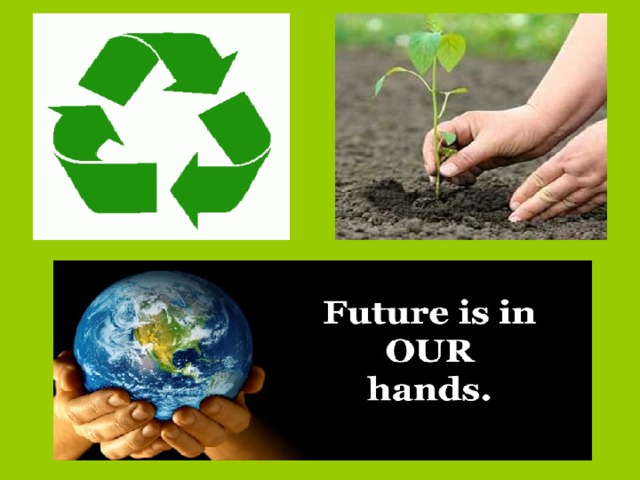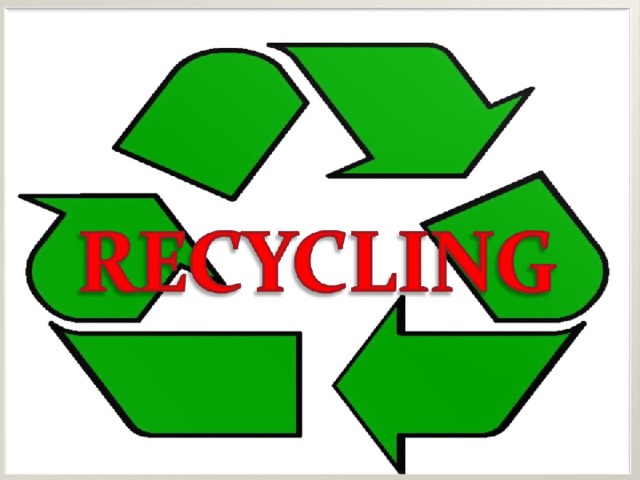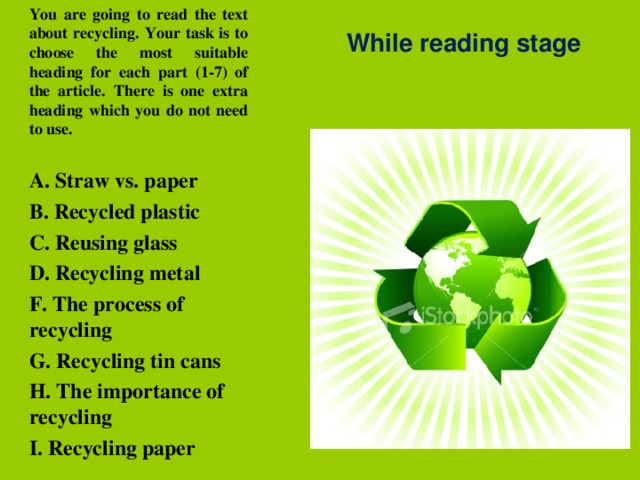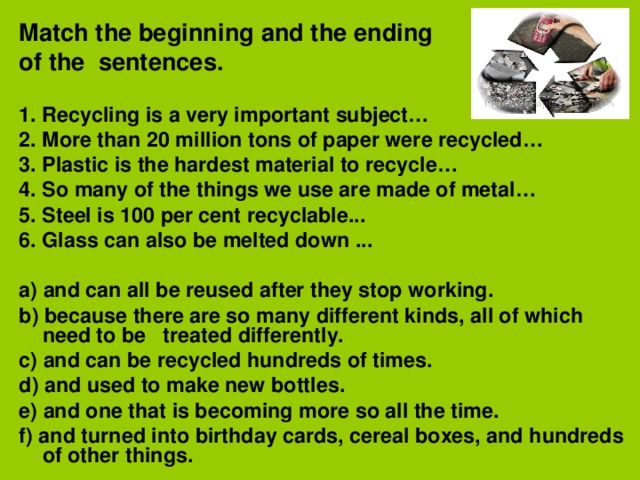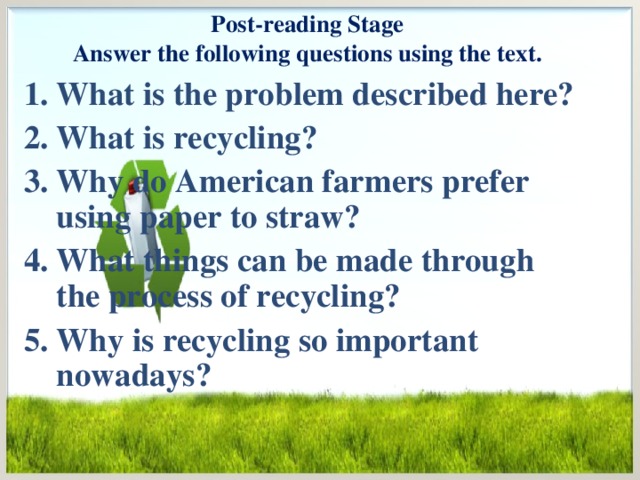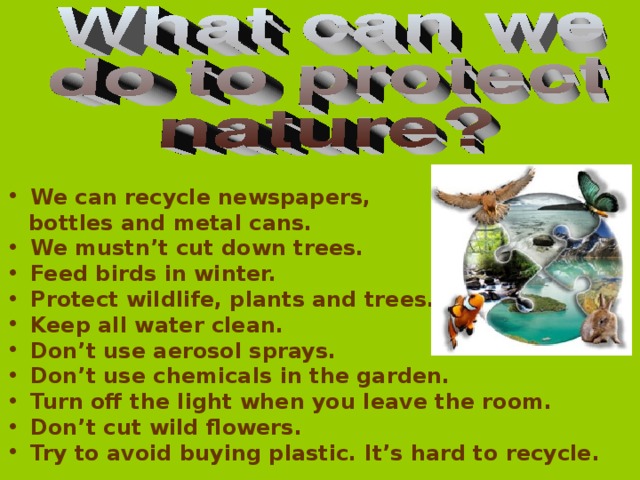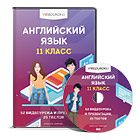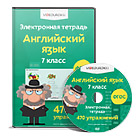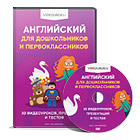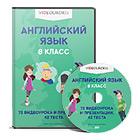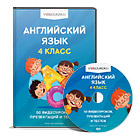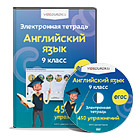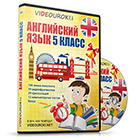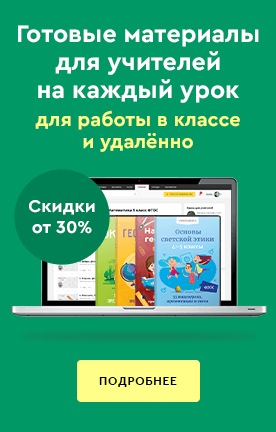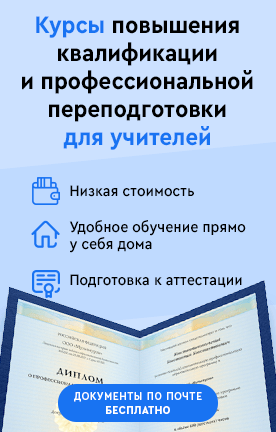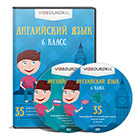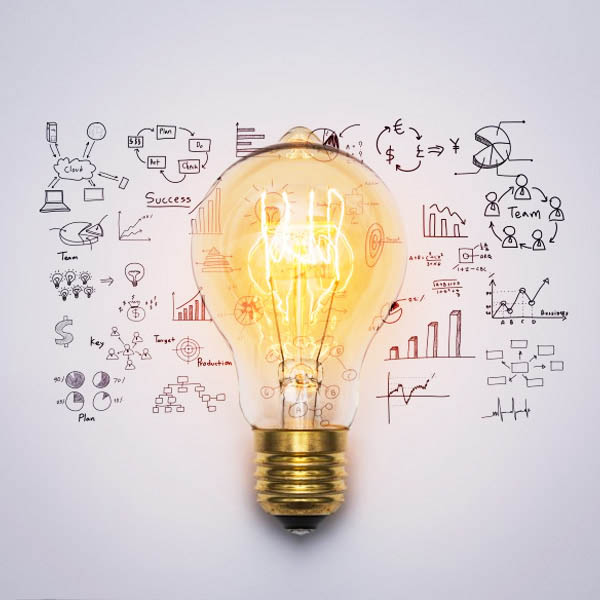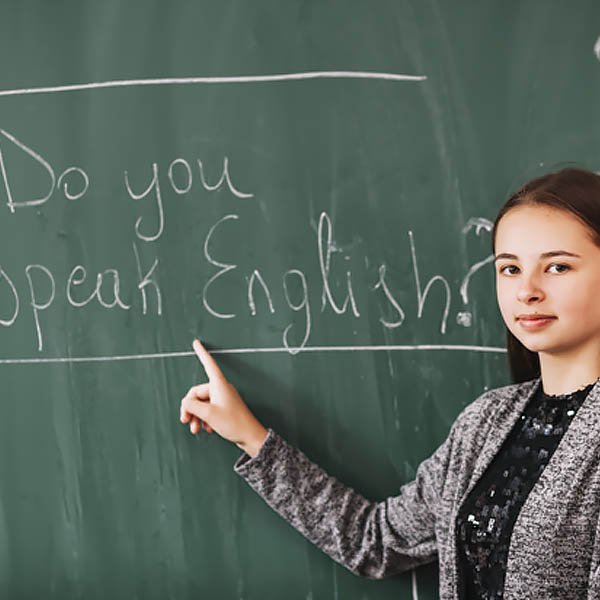Презентация предназначена для обобщения знаний учеников по теме. Работа развивает способность к анализу информации, воспитывает сознательное отношение к природе, стремлению помочь в деле охраны природы. С помощью разработки можно подготовить учащихся к самостоятельному монологическому высказыванию. Просмотр содержания презентации школьниками в домашних условиях будет способствовать усвоению материала.
Демонстрация располагается на семнадцати слайдах. Аудитории доступны для просмотра следующие разделы:
-Наша планета.
-Мусор.
-Животные в опасности.
-Кислотные дожди.
-Пожары.
-Парниковый эффект.
-Как мы можем помочь природе?
Автором затронуты все аспекты проблемы, тема урока раскрыта полностью. Воспринимается презентация хорошо. Тексты представлены в виде тезисов, коротких предложений. Шрифт выбран крупный. Для выделения важной информации используются списки, рамки, курсив. Заголовки яркие, броские. Каждый слайд сопровождают несколько иллюстраций. Качество картинок отличное, фотографии подобраны по теме. Оформление выполнено без излишеств, эффекты анимации не отвлекают от содержания работы. К файлу презентации прилагается текст по теме и видеофрагмент.
Создайте Ваш сайт учителя Курсы ПК и ППК Видеоуроки Олимпиады Вебинары для учителей
Презентация по теме "Защита окружающей среды"
Вы уже знаете о суперспособностях современного учителя?
Тратить минимум сил на подготовку и проведение уроков.
Быстро и объективно проверять знания учащихся.
Сделать изучение нового материала максимально понятным.
Избавить себя от подбора заданий и их проверки после уроков.
Наладить дисциплину на своих уроках.
Получить возможность работать творчески.
Просмотр содержимого документа
«RECYCLING»
Просмотр содержимого презентации
«охрана окружающей среды Восстановленный файл»
Похожие файлы
Полезное для учителя
Распродажа видеоуроков!
1480 руб.
2110 руб.
1800 руб.
2570 руб.
1570 руб.
2240 руб.
1550 руб.
2220 руб.
Курсы ПК и ППК для учителей!
800 руб.
4000 руб.
2760 руб.
13800 руб.
800 руб.
4000 руб.
800 руб.
4000 руб.
ПОЛУЧИТЕ СВИДЕТЕЛЬСТВО МГНОВЕННО
* Свидетельство о публикации выдается БЕСПЛАТНО, СРАЗУ же после добавления Вами Вашей работы на сайт
Удобный поиск материалов для учителей
Проверка свидетельства
